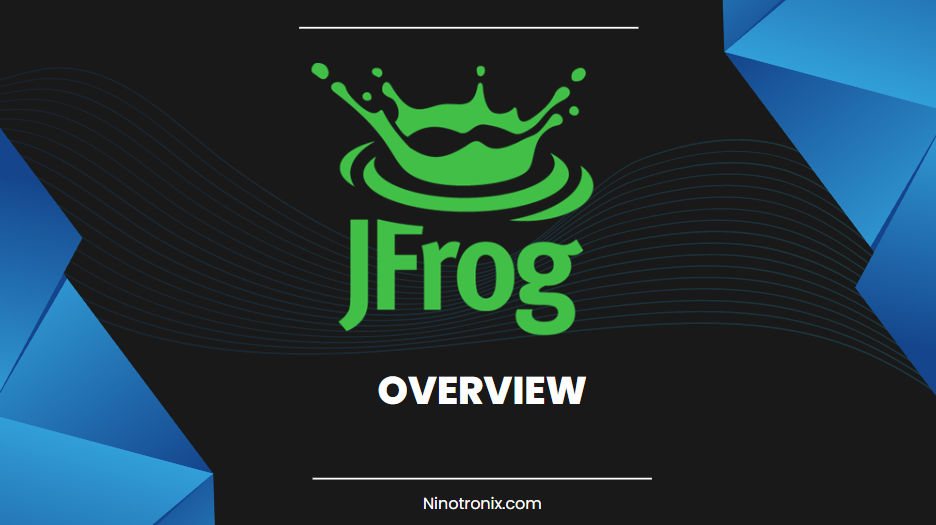Introduction :
In today’s fast-paced software development landscape, organizations need efficient tools and platforms to streamline their DevOps processes. JFrog, a leading DevOps platform, offers a comprehensive suite of products designed to enhance software development and delivery. With its focus on artifact management, security, and automation, JFrog has become a trusted choice for organizations worldwide. This article provides an overview of JFrog, highlighting its key features, benefits, and the impact it has on modern software development practices.
Section 1: Understanding JFrog : JFrog is a company founded in 2008 that specializes in providing advanced DevOps solutions. It offers a range of products designed to address various aspects of the software development lifecycle. At the core of JFrog’s offerings is Artifactory, a universal binary repository manager. Artifactory serves as a centralized hub for storing, managing, and distributing software artifacts, such as libraries, containers, and packages. It supports various package formats, including Maven, Gradle, Docker, npm, and more.
Section 2: Key Features of JFrog : JFrog provides several key features that make it a leading choice for DevOps teams. One of its standout features is its ability to manage and govern software artifacts effectively. Artifactory ensures the availability and reliability of artifacts by employing checksum-based storage, which guarantees artifact immutability. It also offers extensive metadata management, enabling teams to organize and search for artifacts efficiently.
Another essential feature of JFrog is its robust security capabilities. JFrog Xray, a part of the JFrog platform, provides vulnerability analysis and license compliance scanning of artifacts, helping teams identify and mitigate potential risks. With Xray, organizations can enforce security policies, ensuring that only approved and secure artifacts are used in their software projects.
JFrog also emphasizes automation in DevOps processes. JFrog Pipelines enables teams to create, manage, and automate continuous integration and continuous delivery (CI/CD) pipelines. With its visual interface and intuitive drag-and-drop capabilities, Pipelines simplifies the configuration and deployment of complex workflows, reducing manual efforts and enhancing productivity.
Section 3: Benefits of JFrog : Implementing JFrog as part of the DevOps toolchain brings several benefits to organizations. Firstly, it improves collaboration between development and operations teams. By providing a centralized repository, JFrog eliminates the need for manual artifact management and enables teams to share and reuse artifacts across projects. This promotes collaboration and accelerates software development cycles.
Secondly, JFrog’s security features ensure the integrity and safety of software artifacts. By scanning for vulnerabilities and enforcing compliance policies, teams can proactively address security risks. This leads to increased confidence in the software being delivered and reduces the potential for security breaches.
Furthermore, JFrog’s automation capabilities streamline CI/CD workflows, reducing manual errors and enabling faster time-to-market. Pipelines allow teams to automate build, test, and deployment processes, ensuring consistent and reliable software releases. This automation also enables scalability, as organizations can easily handle larger workloads and scale their software delivery pipelines.
Conclusion :
JFrog has emerged as a leading DevOps platform due to its focus on artifact management, security, and automation. With its flagship product, Artifactory, JFrog offers a centralized repository manager that simplifies the storage, management, and distribution of software artifacts. The platform’s robust security capabilities, provided by JFrog Xray, ensure vulnerability analysis and compliance scanning, promoting secure software development practices. Additionally, JFrog Pipelines facilitates the automation of CI/CD workflows, enhancing efficiency and accelerating software delivery. By leveraging JFrog, organizations can optimize their DevOps processes, improve collaboration, and achieve faster, more reliable software releases.

